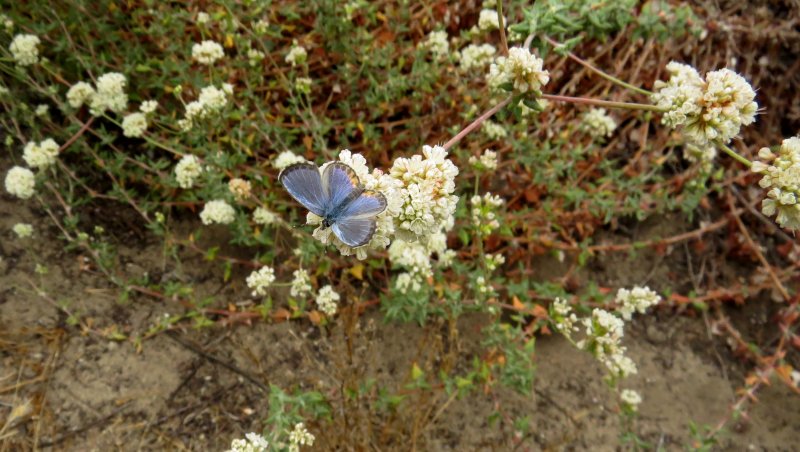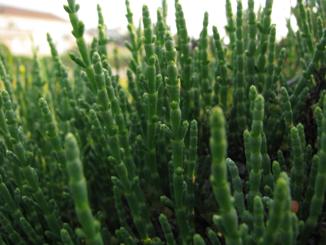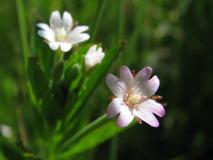The Sierra Club Ballona Wetlands Restoration Committee has been at the forefront of protecting the greater Ballona Wetlands ecosystem for more than 30 years.
We stood strong with allied grassroots groups and community organizations who believed that the precious habitat on the Los Angeles coast now known as the Ballona Wetlands was too important to compromise further than it was when much of it was dredged up to construct Marina del Rey.
Ballona Wetlands: At Risk Again

In the past it was developers we needed to worry about, and now it is the government and private gas & oil interests. Public bond funds are being used in questionable ways – millions of dollars that were meant to acquire more parkland at Ballona have been allocated to planning for Army Corps of Engineers permits. Fiscal responsibility combined with ecological wisdom are the tools Sierra Club will use to make sure the Ballona Wetlands are protected for the best and highest use in the public’s interest.
Many do not know about the Playa del Rey gas storage field - which lies beneath and surrounding the Ballona Wetlands Ecological Reserve. Operated by SoCalGas, the facility includes massive amounts of infrastructure - pipes, wells, valves and other conveyances that allow SoCalGas to inject significant amounts of gas that is fracked in places like Colorado, Oklahoma and Texas, then piped to the coast of Los Angeles.
The gas is stored deep beneath the surface of the soil, under extremely high pressure in and around the shale rock formations where oil was once drilled for.
The storage in Playa del Rey only amounts to about 1% of the state's gas storage needs, and the primary customers are commercial users like Chevron, SoCal Edison and the Torrance Refinery. These companies favor the storage field because they are able to obtain gas to fuel their operations at a lower price than if they purchased the gas directly and had it sent straight to their locations.
The big threat now is a plan to dig up more than 2 million cubic yards of soil - move it around while covering up important landscapes, alter the habitat and remove the corroded infrastructure of SoCalGas operations. Then SoCalGas would install NEW fossil fuel infrastructure, constructing slant drilling operations up against the Playa del Rey bluffs. The last thing we need when we are in a crisis of climate change is to build new fossil fuel infrastructure. Instead, this gas field needs to be shut down, as Los Angeles City Councilmember Mike Bonin and the Protect Playa Now coalition have called for. 
Concerns about climate change also include the erasure of important grasslands, wetlands and Willow (trees) woodlands - habitats that are known to scientists to be important for carbon sequestration. Releasing all of this carbon to the atmosphere makes no sense.
Additionally, this destructive habitat alteration plan would - besides enabling the Playa del Rey gas storage field to remain (in an area where the California Council on Science & Technology has stated it is the most dangerous of gas storage fields in the state), fragile wetlands, grasslands, coastal scrub and sand dunes would be destroyed by bulldozers and excavators. The State of California allocated $140 million so that these lands could be acquired for the public interest and for wildlife conservation - not to alter to help the fossil fuel industry to receive cheaper prices for fuels to operate their facilities - nor to provide a tabula rasa for experimentation to create other habitats.
There are 8 endangered species that rely on the Ballona Wetlands Ecological Reserve, along with dozens of species on the State of California List of Species of Special Concern. The wildlife and the wildflowers need to be protected, not bulldozed. 
Masquerading as a "restoration" in order to garner funds and permits, this project is not a restoration. Restoration ecologists who have studied the historical ecology of the Ballona Valley have reviewed the proposal and declared that this is "not a restoration."
Additionally, sea level rise is a big concern, and the current earthen levee structure might be the best defense against sea level rise for both these coastal habitats and for adjacent homes and businesses. Indeed, as restoration ecologist Dr. Margot Griswold has stated, "when was the last time a project on the coast contemplated digging down deeper than sea level when sea level rise is one of the biggest threats our coastal areas face?"
Butterflies, birds, dragonflies, wildflowers, Coyotes, frogs, snakes, lizards, beetles, spiders ~ they are all part of the Greater Ballona Wetlands Ecosystem. These creatures need protection from government construction plans that help fossil fuel companies to continue to contribute toward climate change and destroy the habitat.
How you can help
Contribute your time by showing up at public hearings, writing letters to decision-makers, staffing outreach tables, participating in community-engaged restoration, helping with social media and more! If you have a few hours a month or a couple of hours a week, the Ballona Wetlands will benefit from your involvement!
After being one of the lead groups that protected more than 600 acres of land in 2003, and having participated in go-slow, careful community-based restoration both on these state-owned lands, as well as on city-owned lands that are part of the historical Ballona Wetlands, Sierra Club’s Ballona Wetlands Restoration Committee knows the difference between genuine restoration and a big construction project.
We need your help to wake up the public and educate them about the costs of choosing a construction project over genuine restoration – both to the public coffers, as well as to the wildlife and the entire Ballona Wetlands ecological system.




[Header photo: Wetlands 001 , © by John Nilsson , all rights reserved]


